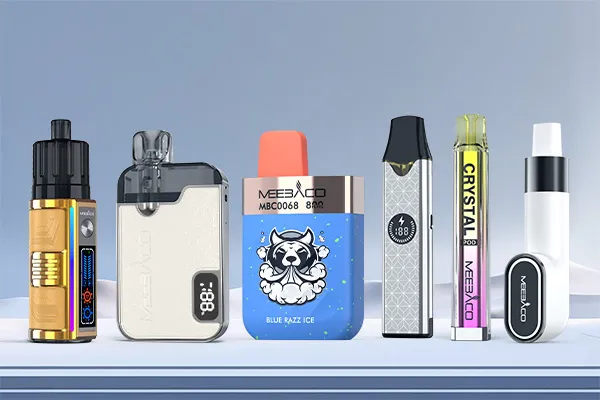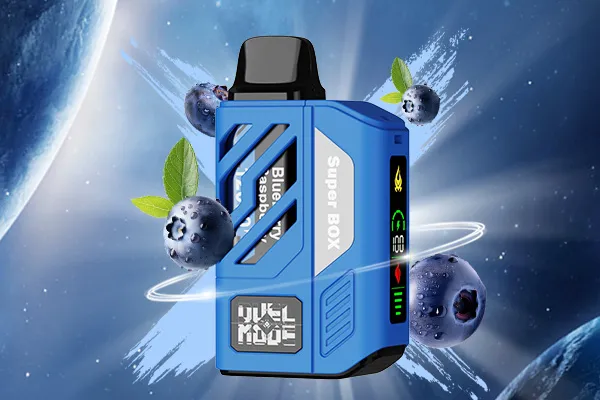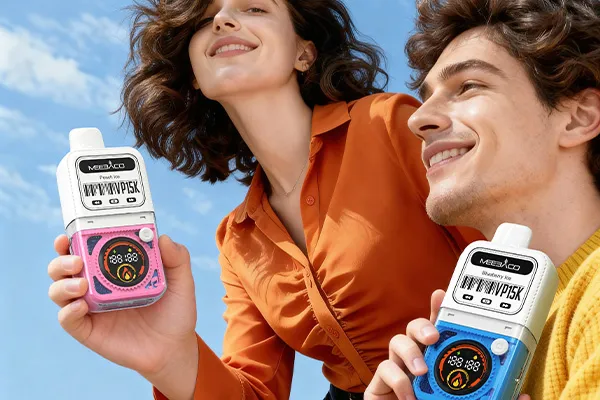You can master the latest information, new product , exhibition, promotion, etc
As the global focus on environmental sustainability intensifies, the proper disposal of used vape pods has become a critical issue. With millions of vape products discarded annually—844 million globally each year according to UN data —governments and regulators are implementing stricter policies to enforce responsible recycling. This guide outlines the steps to safely dispose of vape pods, complies with international eco-policies, and highlights best practices for both consumers and businesses.
Why Vape Pod Recycling Matters
Used vape pods pose significant environmental risks if not handled properly. Most pods contain lithium-ion batteries, which house toxic substances like nickel and cobalt that can contaminate soil and waterways when dumped in landfills . The residual e-liquid in pods also contains harmful chemicals that can leach into ecosystems.
Beyond environmental harm, improper disposal wastes valuable resources. Research from the University of Oxford and University College London found that vape pod batteries can maintain over 90% of their capacity after 700+ charge cycles—making them highly recyclable but often wasted . With global annual vape waste reaching hundreds of millions of units, effective recycling is key to reducing waste and conserving resources.
Classifying Vape Components for Correct Disposal
Understanding the makeup of your e-cigarette is the first step toward eco-friendly disposal. A typical pod consists of:
• Plastic/Metal Shell: Usually classified as recyclable if cleaned thoroughly.
• Residual E-Liquid: Contains nicotine, which is toxic and qualifies as hazardous waste. Cartridges with e-liquid remnants should be treated with caution.
• Battery Components: Lithium-ion batteries, commonly found in non-pod components or disposable devices, are categorized as solid waste but require special handling due to flammability concerns.
In regions with strict waste sorting policies, such as China, pods are often categorized as "other waste" if contaminated, while clean components may be recycled. However, guidelines vary, so checking local rules is crucial.
Step-by-Step Guide to Proper Vape Pod Recycling
Follow these actionable steps to ensure safe and compliant disposal of used vape pods:
Prepare the pod for recyclingDrain any remaining e-liquid to prevent leakage during transportation. Separate the pod from the device if they are detachable . For pods with exposed battery contacts (common in disposable vapes), cover the contacts with tape to avoid short circuits and fire risks .
Store safely before recyclingPlace prepared pods in a sealed, non-flammable container like a plastic bag or metal tin. Keep the container away from heat sources and children to prevent accidental exposure to residual nicotine or battery hazards . Never store leaking pods with other recyclables.
Choose the right recycling channelDrop off pods at designated collection points—many vape retailers, electronics stores, and community recycling centers offer specialized bins . For bulk waste (e.g., retailers), partner with certified e-waste recycling companies to ensure compliance. Avoid disposing of pods in regular trash, sinks, or recycling bins for paper/plastic .
Follow brand-specific programsMany leading vape brands operate official recycling initiatives. MEEBACO repurposes used pods as raw materials for cement production, creating circular value . Check your device’s brand website for nearest collection locations.

Key International Vape Recycling Policies to Comply With
Regulations for vape pod recycling vary by region, but these major policies set the global standard:
European Union
The WEEE (Waste Electrical and Electronic Equipment) Directive classifies vape pods as electronic waste, requiring manufacturers to fund and manage recycling programs . Retailers must provide free collection points for consumers, and non-compliance can result in heavy fines.
United Kingdom
Since 2024, the UK has enforced stricter recycling responsibilities for manufacturers and online marketplaces like Amazon and eBay . Retailers face fines of up to £5,000 (and increasing) for failing to offer disposal options . A ban on disposable vapes will take effect in Wales from June 2025, with broader UK implementation planned .
New Zealand
Since December 2023, all sold vape devices—including pods—must have detachable batteries to facilitate recycling . This regulation aims to address the challenge of non-recyclable integrated battery-pod designs.
United States
The EPA classifies vape pods as hazardous waste due to their lithium batteries . California and other states require separate collection of electronic waste, with penalties for improper disposal. Many states follow NFPA guidelines, mandating safe handling of lithium-ion batteries to prevent fires.
Common Mistakes to Avoid
Disposing in regular trash: This leads to landfill contamination and violates most regional regulations .
Burning pods: Incineration releases toxic fumes from e-liquid and battery components .
Mixing with general recyclables: Vape pods contain multiple materials (plastic, metal, battery) that require specialized processing.
Ignoring brand recycling programs: These initiatives are designed to ensure compliance and maximize resource recovery .
Proper vape pod recycling is not only a legal requirement under global eco-policies but also a vital step toward environmental protection. By following the steps outlined in this guide—preparing pods safely, using designated collection channels, and complying with regional regulations—consumers and retailers can minimize harm and contribute to a circular economy.
Vape manufacturers are also playing a key role, with innovations like detachable batteries and dedicated recycling programs making responsible disposal easier than ever . As policies continue to evolve, staying informed and adopting sustainable practices will be essential for anyone using or selling vape products.









